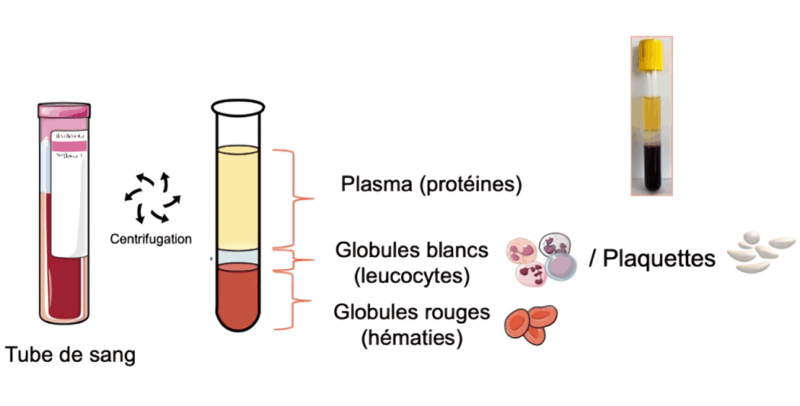
Stanislas Conseiller: Every Second, the Coagulation Cascade Protects Us
Stanislas Conseiller, Philanthropy and Fundraising Development Officer at the Paris-Saclay School of Medicine, shared a post on LinkedIn:
”Every second, in our body, a choreography of incredible precision is played: the coagulation cascade.
It protects us from bleeding… But sometimes this balance is out of whack.
In France, bleeding disorders directly affect about 1% of the population. And coagulation problems are the cause of 150,000 thromboses and pulmonary embolisms each year.
They cause heart attacks and strokes, the 3rd leading cause of death in France with about 40,000 deaths per year and the 1st cause of acquired disability in adults.
The interactions between inflammation, hemostasis and thrombosis are complex — and still too little known.
This is precisely what Professor Cécile DENIS and his team are trying to understand within the H.I.Th. (Haemostasis, Inflammation and Thrombosis) project of Paris-Saclay School of Medicine and INSERM (Unit 1176).
Their objective: to deepen the knowledge of the mechanisms of the coagulation cascade in order to decipher the pathophysiology of bleeding diseases — such as von Willebrand disease or hemophilia — and to improve the diagnosis and treatment of bleeding disorders.
Thanks to its recognized expertise, the H.I.Th. unit has established itself as an international leader, combining translational research, major clinical applications and therapeutic innovation.
Its unique nanobody platform plays a key role in the development of innovative diagnostic tools and the conduct of preclinical trials.
Supporting and publicizing this work means contributing to better prevention and more targeted treatments.
Because, in every drop of blood, there is a mechanism essential to life.”

Stay updated on all scientific advances with Hemostasis Today.
-
Dec 19, 2025, 13:30PPTA Europe’s Holiday Message: Wishing Health, Rest, and Renewal for 2026
-
Dec 19, 2025, 13:22If You Were Reading a “Bible for Blood Donation Volunteers,” What’s the ONE Thing That Must Be in It?
-
Dec 19, 2025, 12:52Julia Owens: Stroke Remains One of the World’s Leading Causes of Death and Disability
-
Dec 19, 2025, 12:03Pradeep Natarajan: Our New Genetic Study of Aortic Stenosis in ~3M
-
Dec 19, 2025, 11:47ESO Blog: Anna Gardin on Stroke Risk in the Era of Climate Extremes
-
Dec 19, 2025, 10:51Sarah Elkourashy Presents Insights on Caplacizumab for TTP at ASH25
-
Dec 19, 2025, 10:08Camilla Lombardi Shares an EHC Nutrition Guide for People with Bleeding Disorders
-
Dec 19, 2025, 09:56Danny Hsu Shares The ”I-WISh” Study by Nichola Cooper on ITP
-
Dec 19, 2025, 09:39Paul Bolaji: A Landmark Achievement -The Historic 1st Nigerian Stroke Leaders’ Summit 2025
